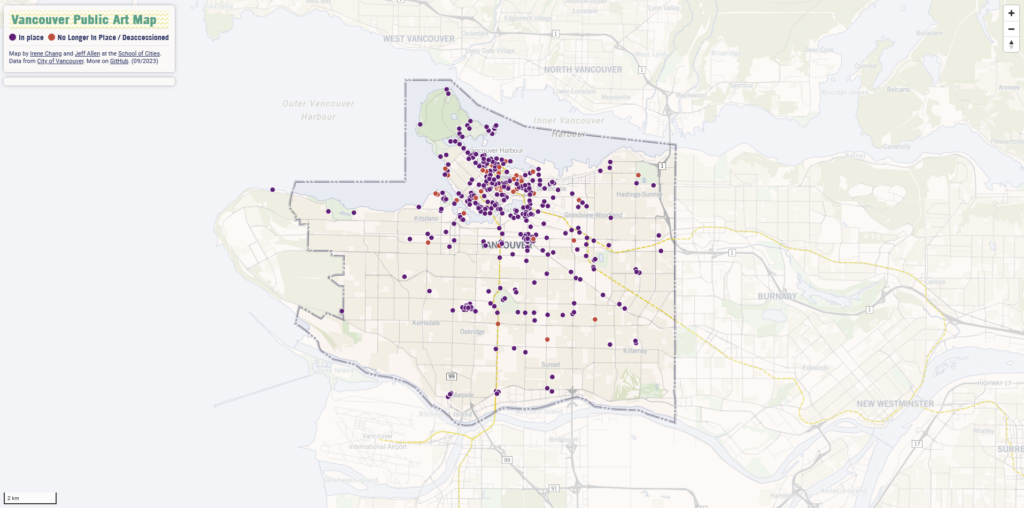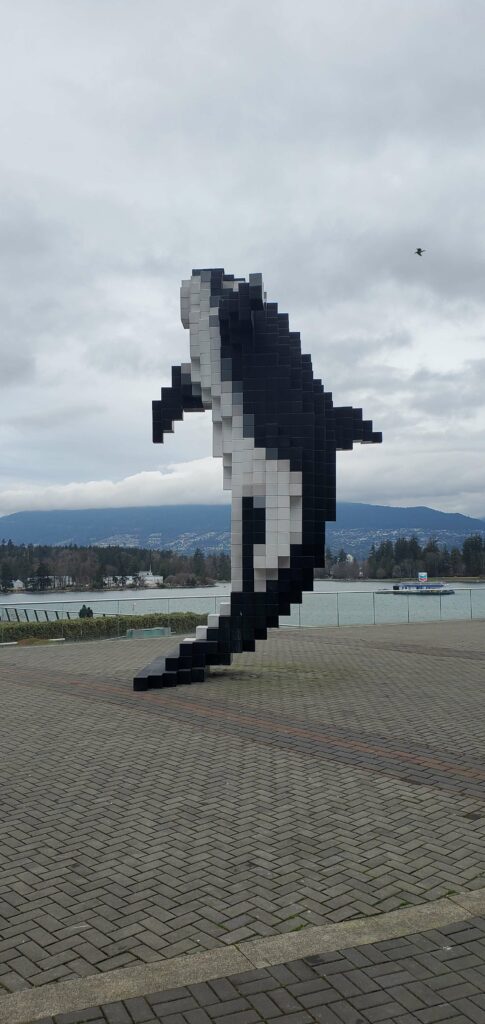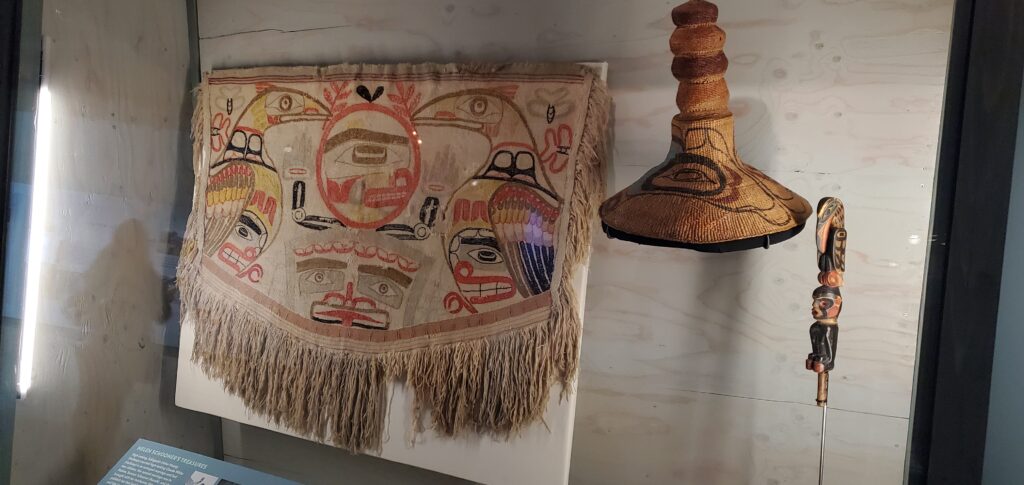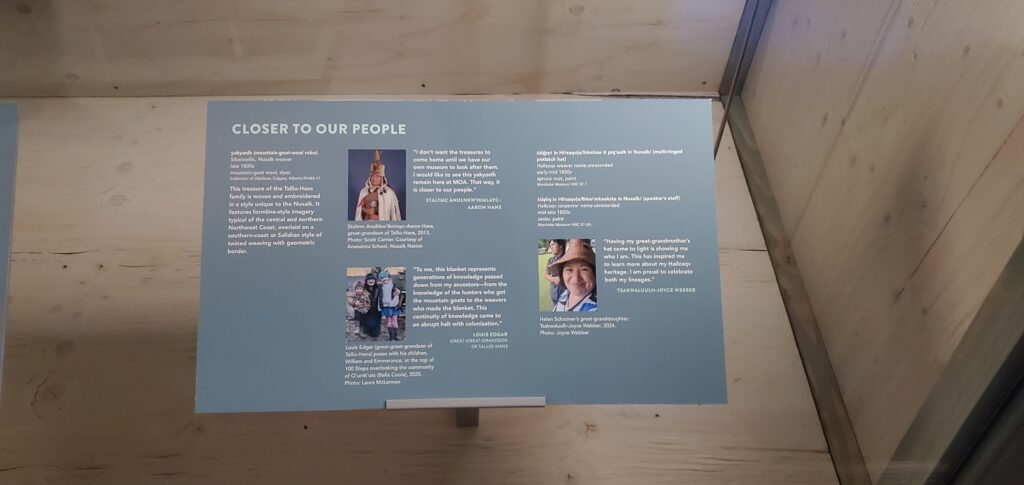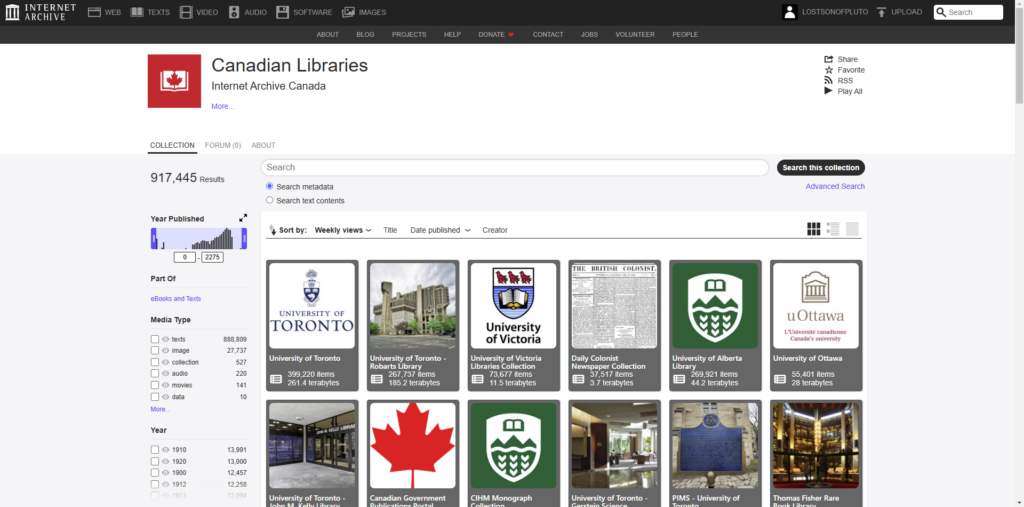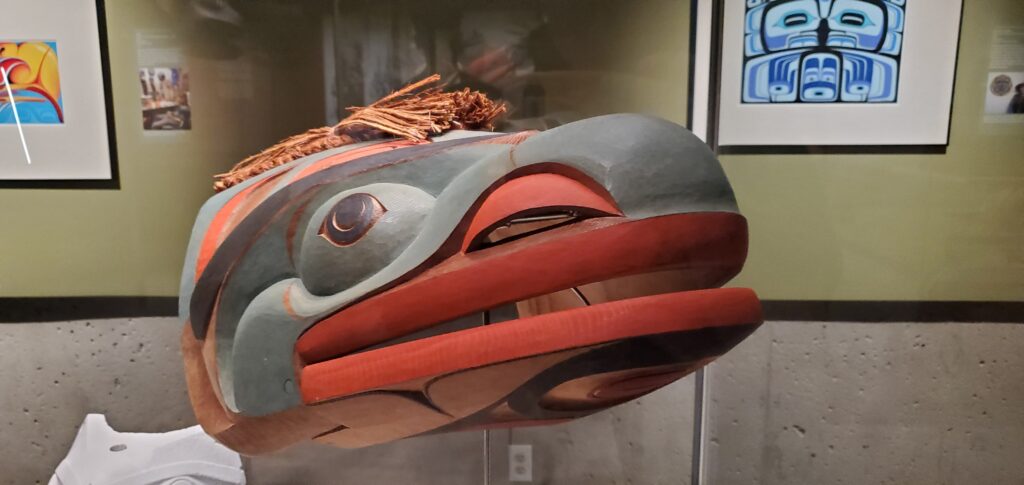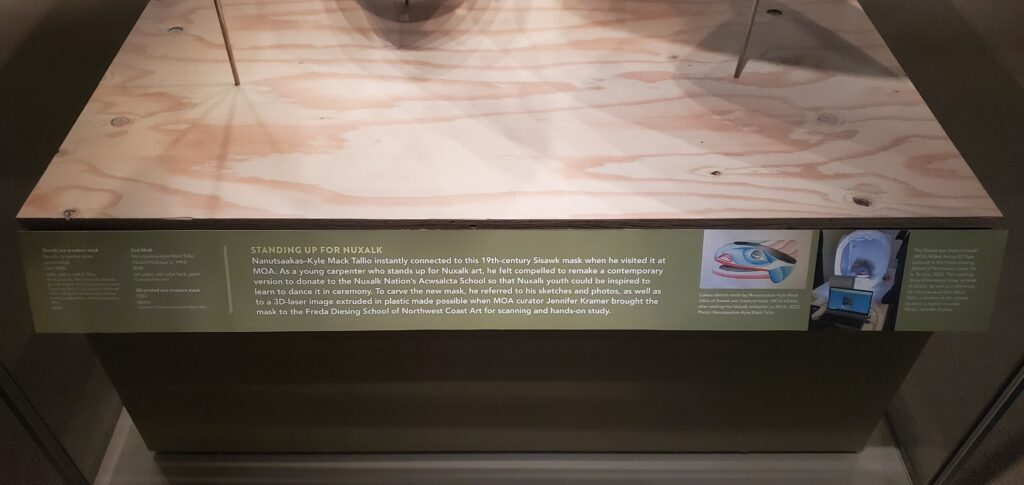The topic of this blog has focused primarily on my experience in the Tourism industry and how it relates to the digital world. While I have touched on it before this week’s topic bares repeating of the fact that this experience comes primarily from an Indigenous community. These communities, especially in BC have developed a reputation as destinations, whether for adventure tourism or for people exploring the cultural history of the province. This brings an increasing number of people from all parts of the world in contact with Indigenous cultures in BC.
This growing tourism industry in these small communities has further increased the needs of these communities to integrate in to the digital world as the needs of the tourism industry increasingly includes digital presence. From tour bookings of sacred sites, to the buying and selling of traditional art, the tourism industry has brought new income streams to these communities, and in many cases this income stream requires digital solutions to access
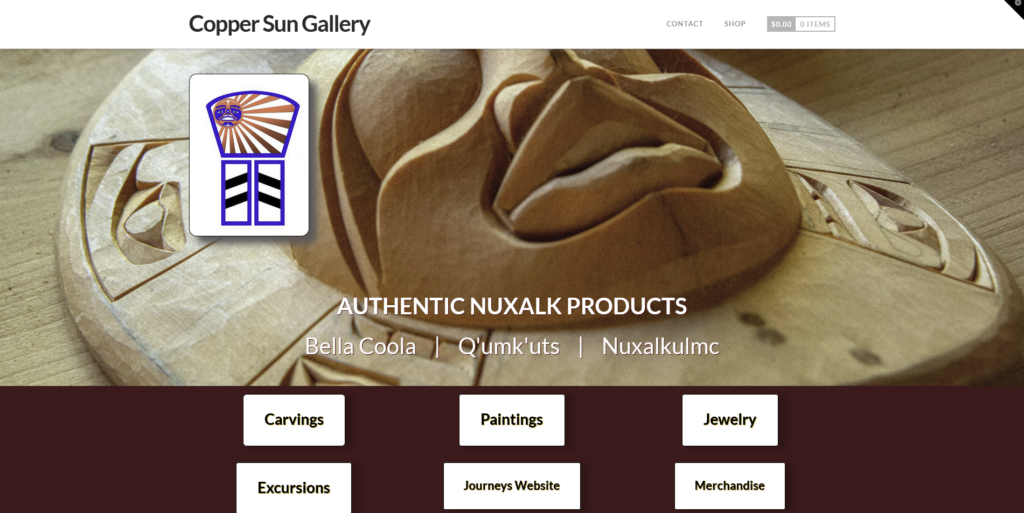
One of the businesses I worked closely with is the Copper Sun Gallery, a tour company and art gallery owned and operated by members of the Nuxalk Nation. Their services meet two key needs of their community in ensuring that they are able to compete in the digital world of the tourism industry.
Most directly they offer tours of sacred sites, and locations of cultural significance. These types of tours are growing increasingly popular with visitors from Canada and beyond, and being able to capitalize on this popularity while respecting the sites and providing the convenient and straightforward online booking experience visitors have come to expect generates significant income for the community. Moreover the gallery has partnered with a number of local accommodations to provide these services on behalf of them in order to expand their pool of potential bookings beyond even those that find their own website.
Additionally The Copper Sun Gallery provides a space for buying and selling of locally produced art. Artists are able to sell their works to the gallery for they gallery to then sell to tourists at an agreed upon markup. The buying and selling of art online is a fast growing industry, with many artists building and maintaining an online presence and websites for this purpose. However doing this can be rather expensive and in many cases requires consistent access to a high quality internet connection, both of which are unfortunately not always viable to many indigenous artists, especially in these small communities. Businesses like the Copper Sun Gallery meet this particular need by providing a locally hosted digital space for their works that are more able to reach visitors and admirers alike, without the high overhead that comes with a personal digital presence.
While this is an exploration of only one specific digital solution used by and for indigenous people, I believe a similar model has a great deal of value for bringing much needed income in to smaller indigenous communities.
Works Cited
Copper Sun Gallery: https://coppersungallery.ca/
Nuxalk Nation: https://nuxalknation.ca/
